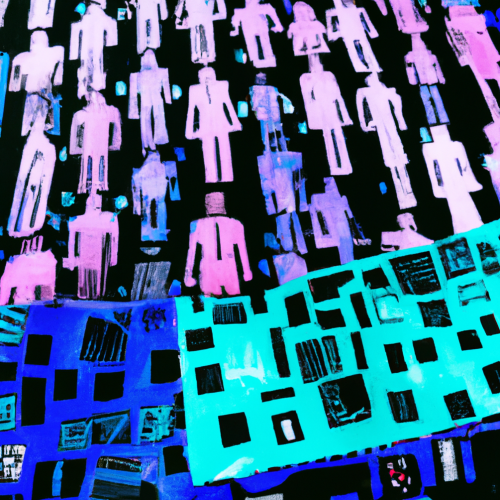What is Cultural Computing?

“Cultural Computing Digital Art”, Created with OpenAI’s DALL·E, 2022.07.25
“Cultural Computing is the application field of computers and computational technologies for the preservation, recovery, storage, modeling, recreation, presentation and communication of culture.”
– Meng Li, Yun Wang, Ying-Qing Xu, Computing for Chinese Cultural Heritage, Visual Informatics, 2022
The field of Cultural Computing approaches computing technology as a product and tool of cultural expression and communication. Cultural Computing can refer to the use of existing technologies to intentionally document and express cultural artifacts, ideas, and values; it can also refer to the study of how cultural values and ideas are embedded into computational technologies themselves, as well as explorations into culturally-aware design and development of new computing technologies. When constructing or interpreting AI tools and their applications, we believe this perspective is critical.
Cultural Computing approaches all technical systems as “cultural systems…produced in historical-cultural contexts…Computers play a role in shaping culture…More explicit accounts of how computing systems are grounded in culture can help us better understand the limitations of systems and design a greater diversity of systems. Furthermore, computer systems can be designed based on particular cultural models…[yielding] new innovations based in cultures that are not currently privileged in computer science.”
– Fox Harrell, Professor of Digital Media and Artificial Intelligence in the Comparative Media Studies Program and Computer Science and Artificial Intelligence Laboratory (CSAIL) at MIT
